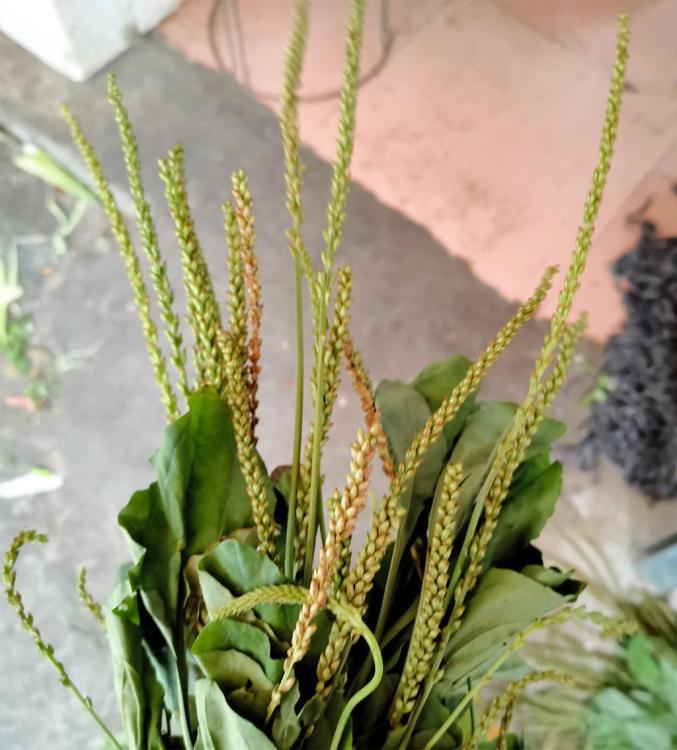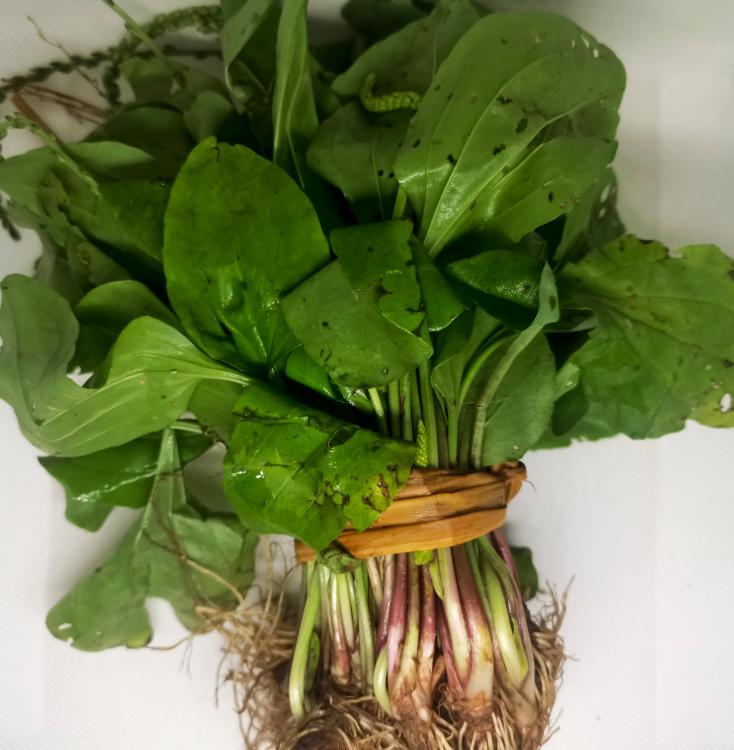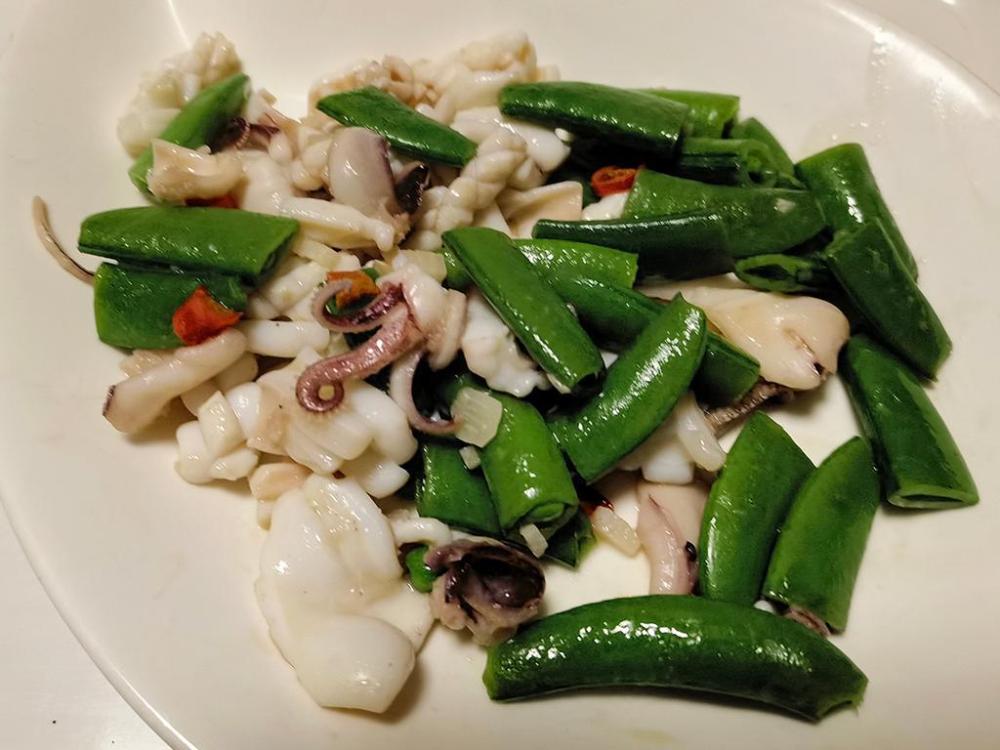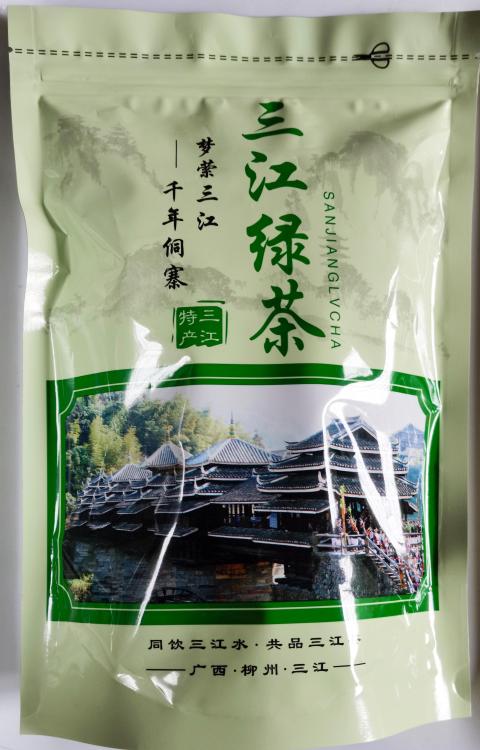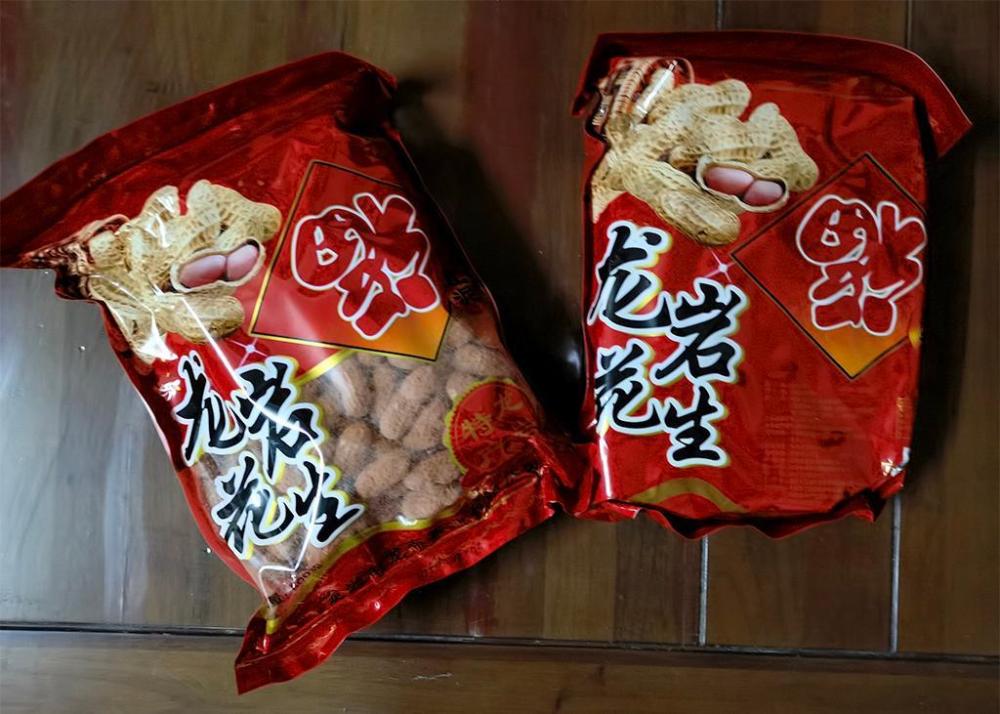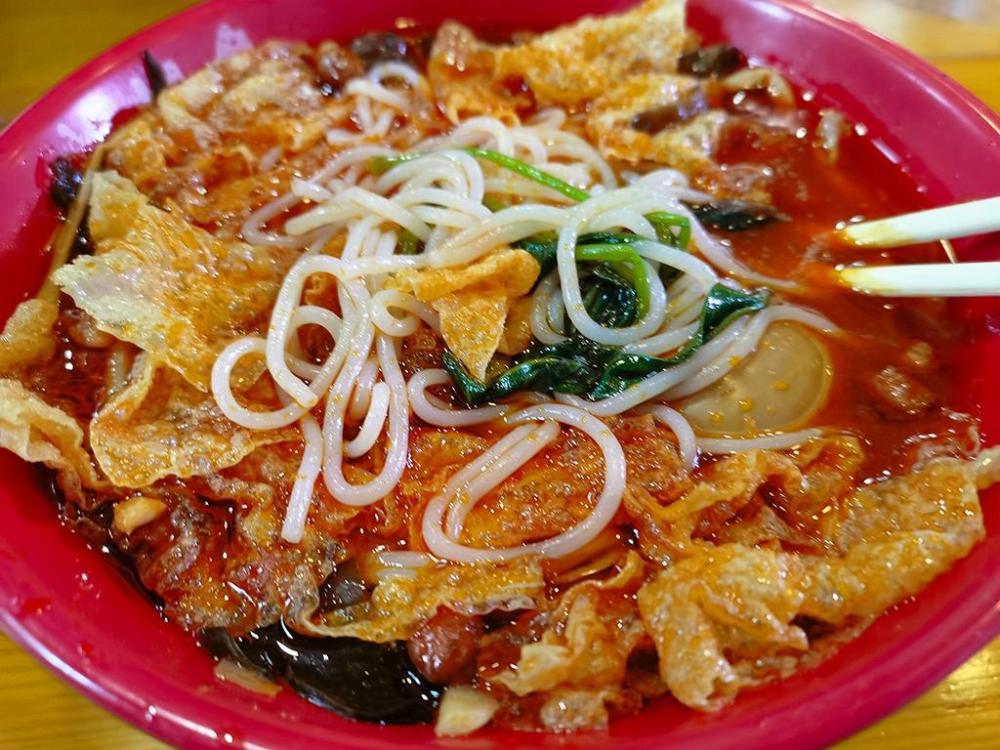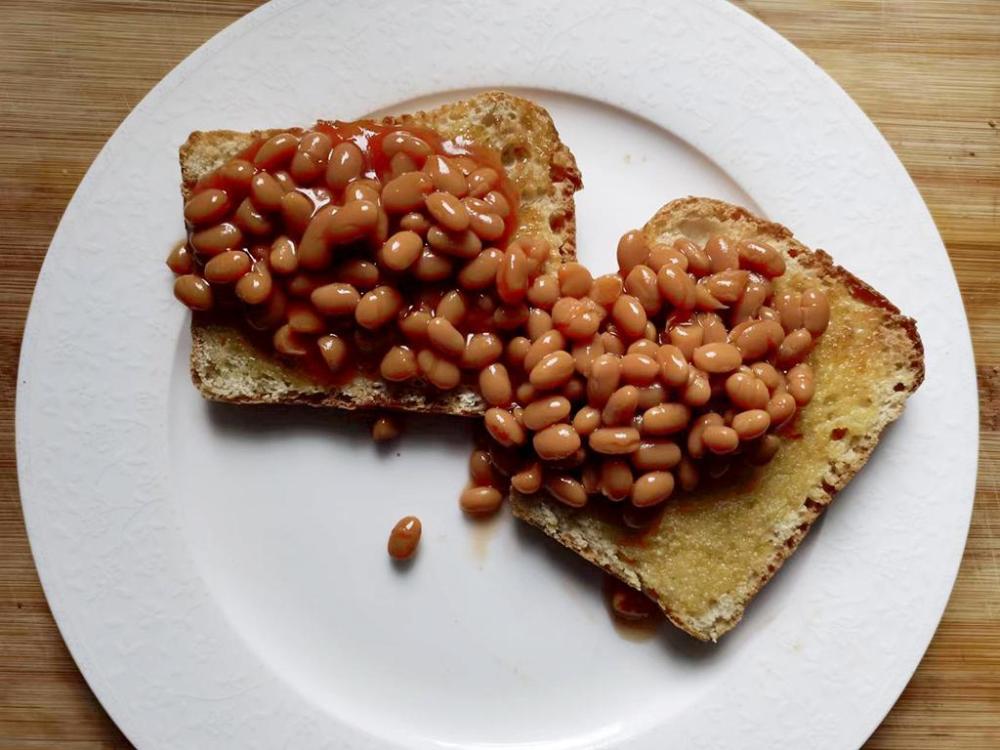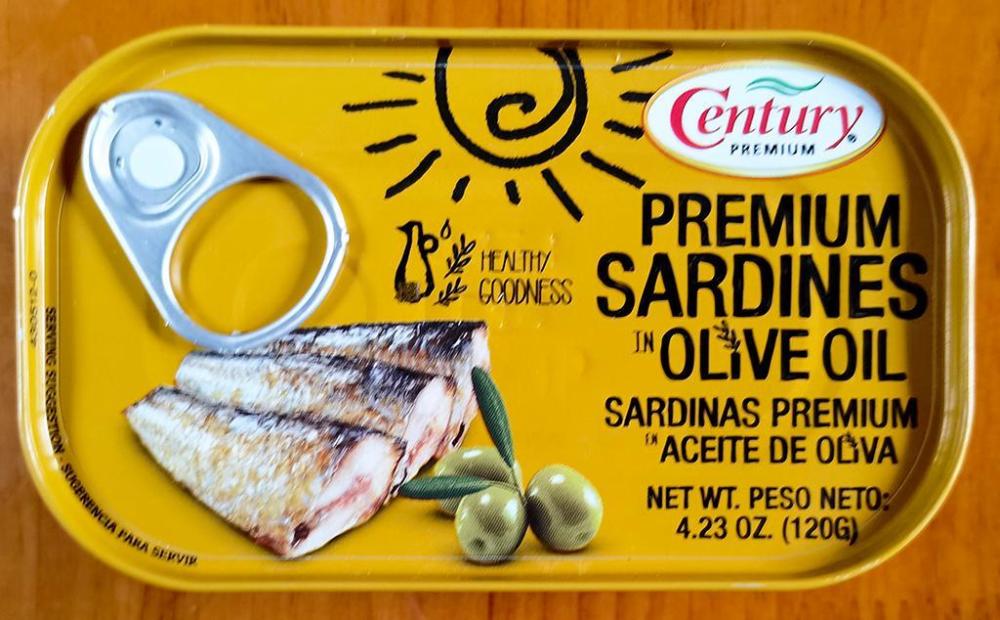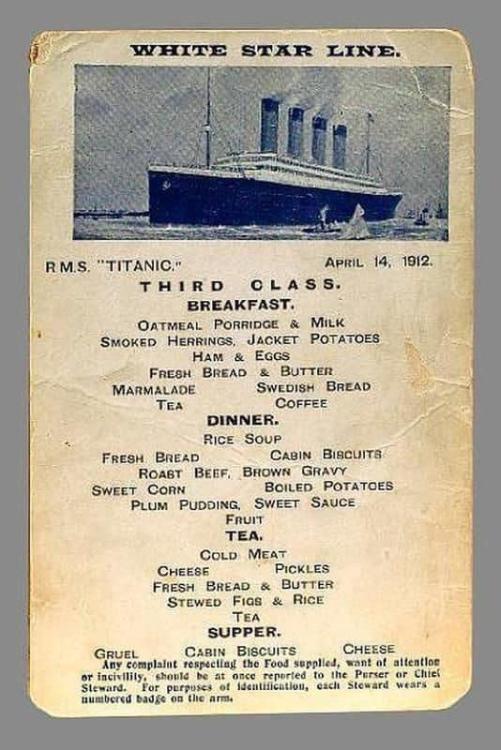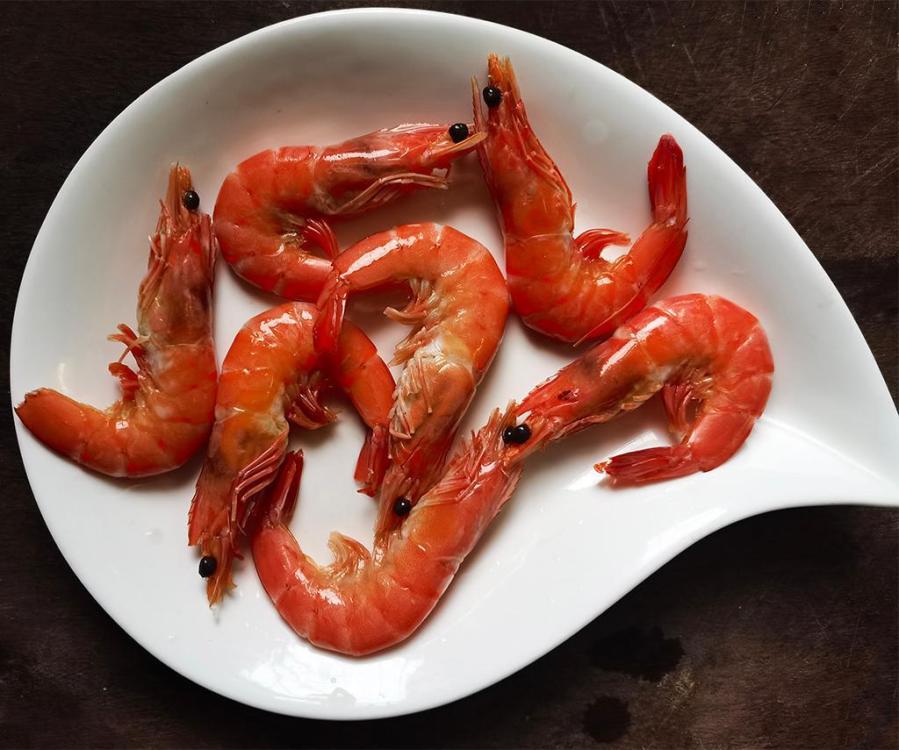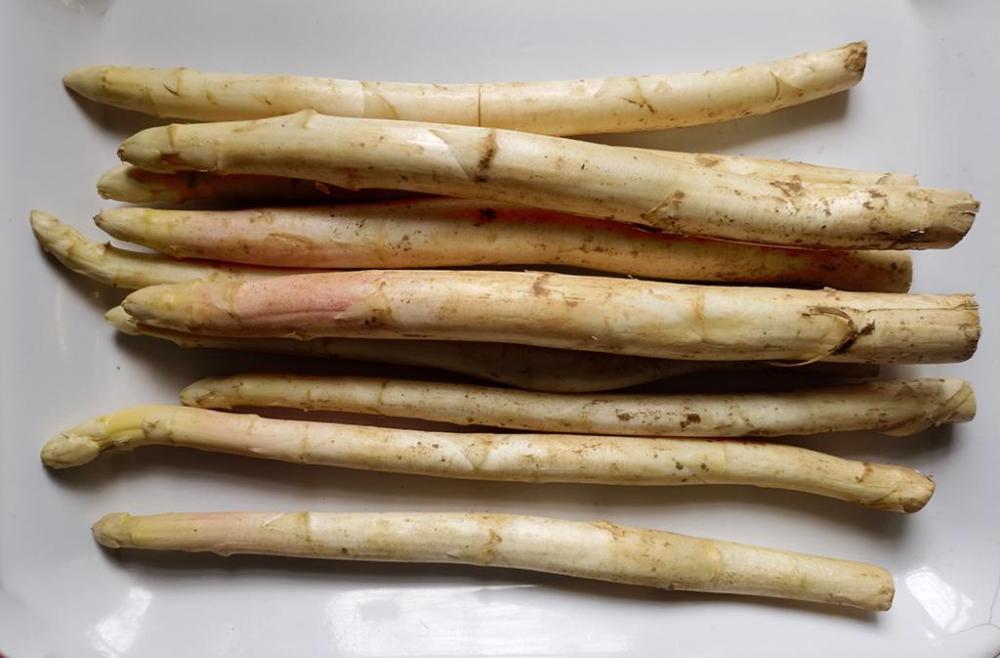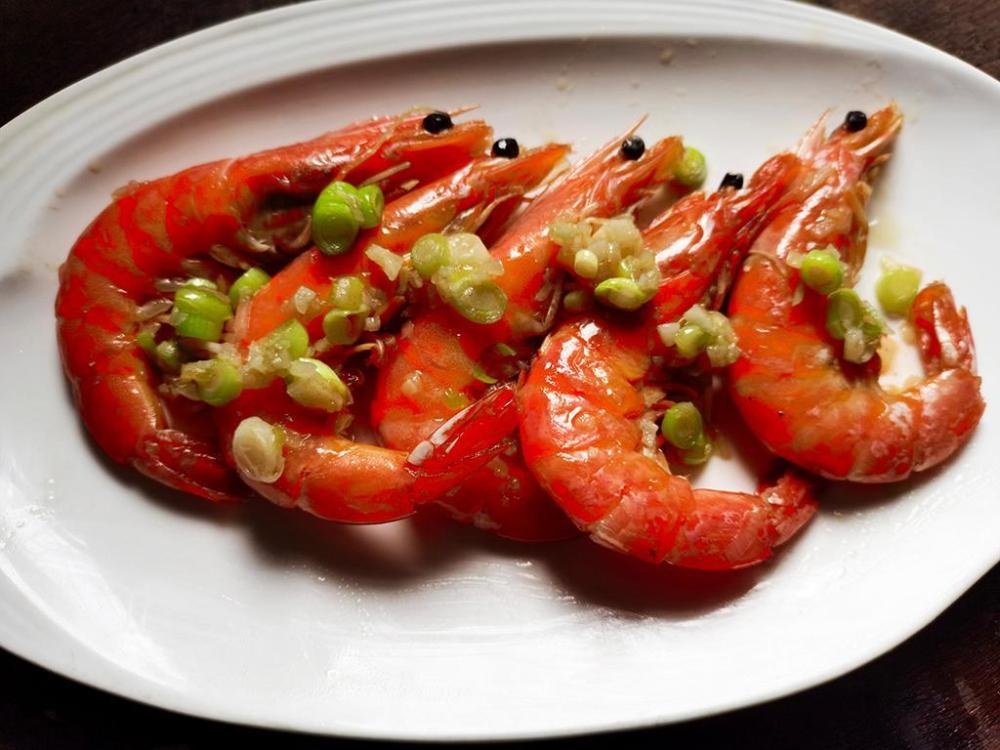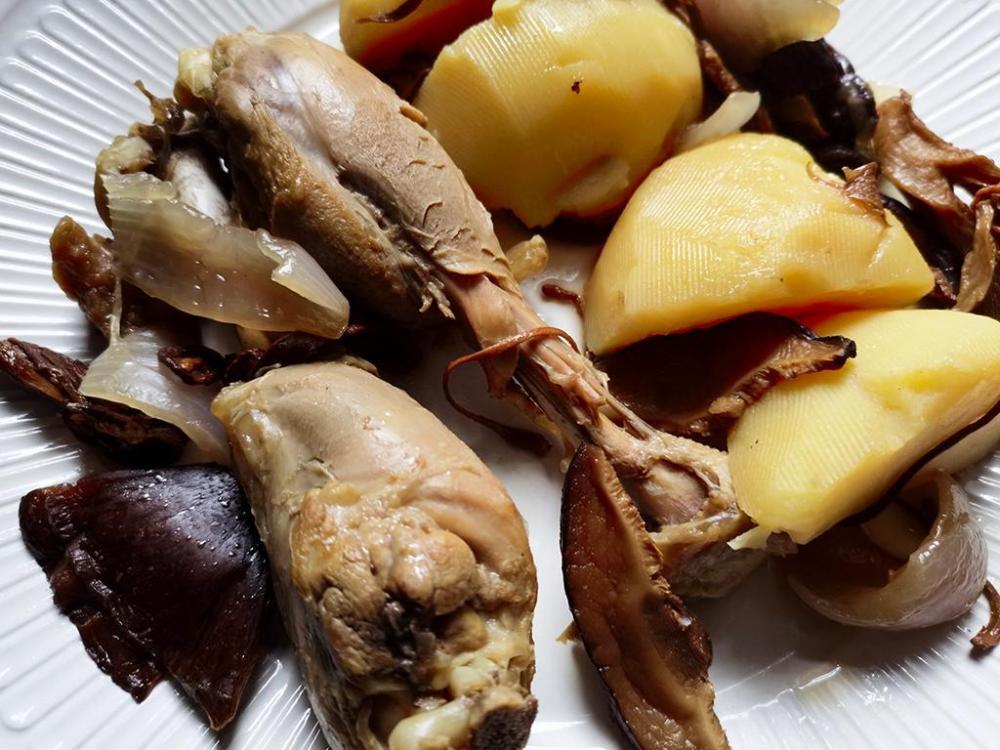-
Posts
16,666 -
Joined
-
Last visited
Content Type
Profiles
Forums
Store
Help Articles
Everything posted by liuzhou
-
It's known in In the UK as "white man's footprint". Nothing to do with American "Indians", although there are a lot of Indian Indians in the UK! I've no idea what they call it, though! 😁
-
Another water weigher here.
-
As a Scot, I very much doubt it!
-
The funniest thing for me was that some clown commenting on Facebook thought the FBI is based in London!
-
My thoughts entirely - especially as it seems I have to buy 50 of any one design minimum order!
-
I repectfully disagree. Incinerating it and burying it under reinforced nuclear bomb resistant concrete is the best way!
-
I'm excited. This afternoon after a difficult day of dishonest idiots throwing their toys out of the pram and disappearing vaccinations, I found a new vegetable. Well, new to me, that is. This is 车前草 (chē qián cǎo) or plantain herb (no relation to the banana-related fruit of the similar name). This is Plantago major, native to Europe and Asia, although apparantly introduced elsewhere. It can be eaten raw when young, but we don't do that round here. More likely it will be stir-fried as most vegetables are. Although the distinctive feature is the seed bearing stalks, it is valued more for the leaves and stems which are used as yet another green to be stir fried.
-
I haven't actually bought any of these - yet. But they sure are fun! This is an English computer translation of China's largest online shopping portal. 1¥ = 15cents USD. They do ship to the USA, but I imagine the shipping costs would be ridiculous! But you do decide to order something, please let me know and I'll give you a code which allows you a small discount! 🙂
-
The dinner I made tonight was perfectly seasoned, exquisitedly spiced and a delicate balance of sweet, bitter, acid, umami and stupendous glory. Unfortunately it looked like a pile of excrement so no detailed description and certainly no photograph! Parts of this post may not be entirely unbiased except the last sentence!
-
Squid with sweet peas, soy sauce, fish sauce, garlic, chilli, oyster sauce. A classic dish round these parts although the fish sauce is not normal. Served with rice and a side of greenery.
-
Yesterday, for reasons I won't bore you with I was interviewed by the local newspaper then given a gift of some local green tea! The interview had nothing to do with tea! I'm not a big tea drinker, at all, but I do sometimes cook with it. I need to think what to do with it. 三江绿茶 (sān jiāng lǜ chá) - Sanjiang Green Tea
- 667 replies
-
- 10
-

-
Got myself a kilo of red mud peanuts today out of respect for this topic. 2X500 kg bags P.S. I love edamame or as we call them round here, 毛豆 (máo dòu, literally hairy beans), but I don't see any similarity with peanuts other than both being boiled, but so are eggs and potatoes!
-
-
I share yor distaste for boiled peanuts. In fact, it goes far beyong mere distate. Horriblle things in every way. They are very common round here but I never, ever eat them. Roasted, baked or fried, I love.
-
I'm not surprised at all. Most people in China have never heard of them! They are very rare - and I'm not sure I'd call them noodles!
-
How much does a basic mortar and pestle cost? A lot less than a Mala grinder! This makes no sense. And I'd wager you would find other uses for a mortar and pestle if you had one. I have several.
-
- 913 replies
-
- 10
-

-
Ì just learned after three weeks that my six cans of sardines have left the Shanghai depot and are on their way to me. Also, and more importantly my friends' situation in Shanghai is much improved.
-
-
@Annie_H Here are some of the red shrimp uncooked. They were alive when I left the market, but it took me a while to get home and they didn't make the trip. Still damned fresh though. I think you can see they don't look much different from when they are cooked. They are wild caught in the Tonkin Bay just by the border between China and Vietnam.
-
While asparagus is a recent addition to the Chinese vegetable table, white asparagus has been totally absent. Until very recently - like weeks. Grown in China's north-eastern Shandong provice, I can only get it online. My first delivery landed today. It is known locally as 白芦笋 (bái lú sǔn) which is a direct translation of 'white asparagus'. Most Chinese are convinced that asparagus in general is some kind of bamboo. Of course it is totally unrelated.
-
They look much the same uncooked as they do cooked - perhaps a shade lighter. It makes them harder to cook as it isn't visually easy to judge how well done they are. I'll post a pic next time I have some. It won't be long.
-
Unusual for me, but I made a starter and a main. Starter: Pan-fried head and shell on, wild red prawns with garlic and scallions. The prawns were bought live - as is usual for me. Main: One-pot slow cooked chicken leg, potato, onion and mixed wild mushroom stew.
-
What I meant was that it is a bit unreasonable for me to complain that I can't get a relatively luxurious ingredient when so many people can hardly get anything at all.
-
I don't often use a timer, but when I do It hangs round my neck.




